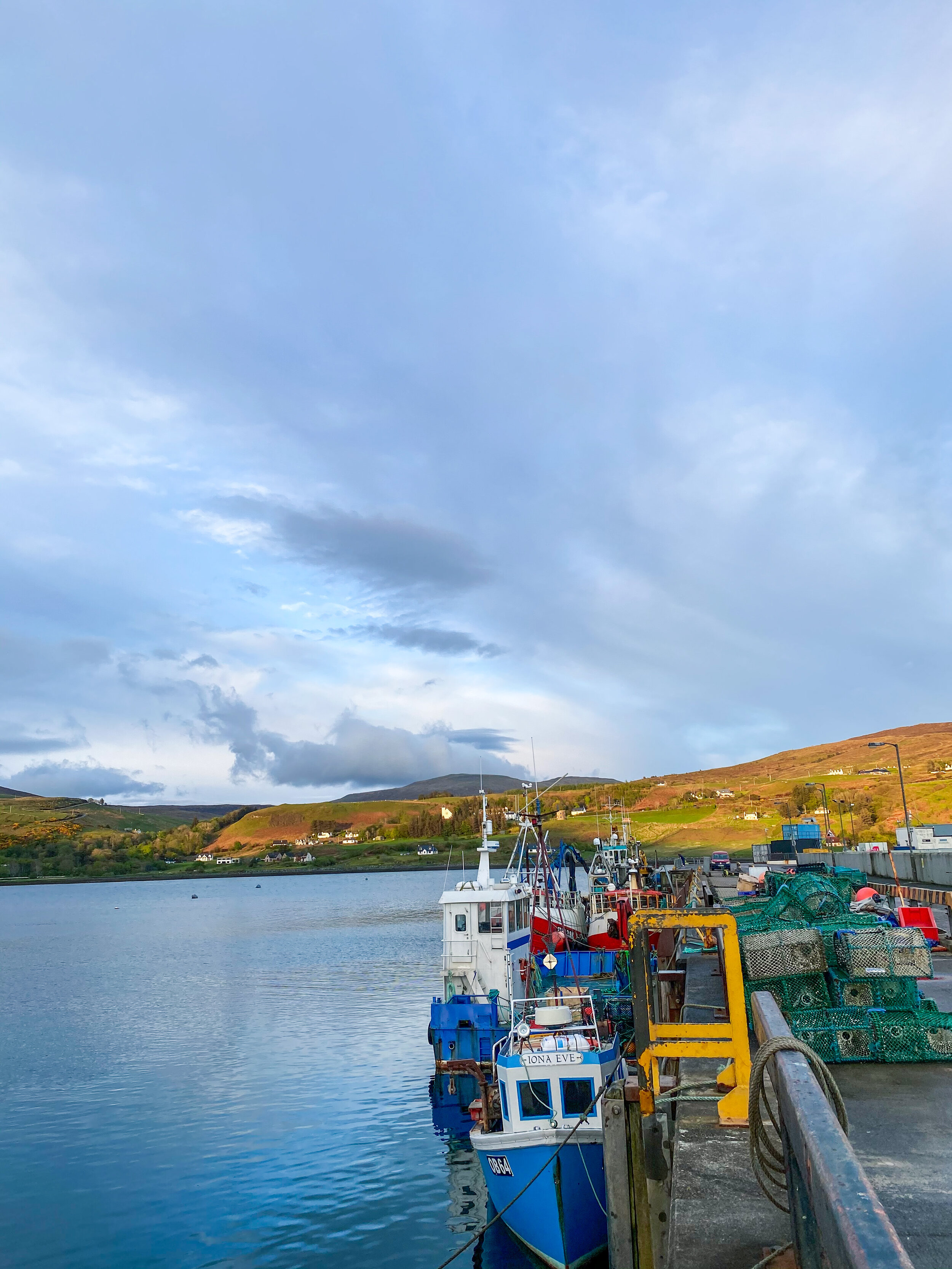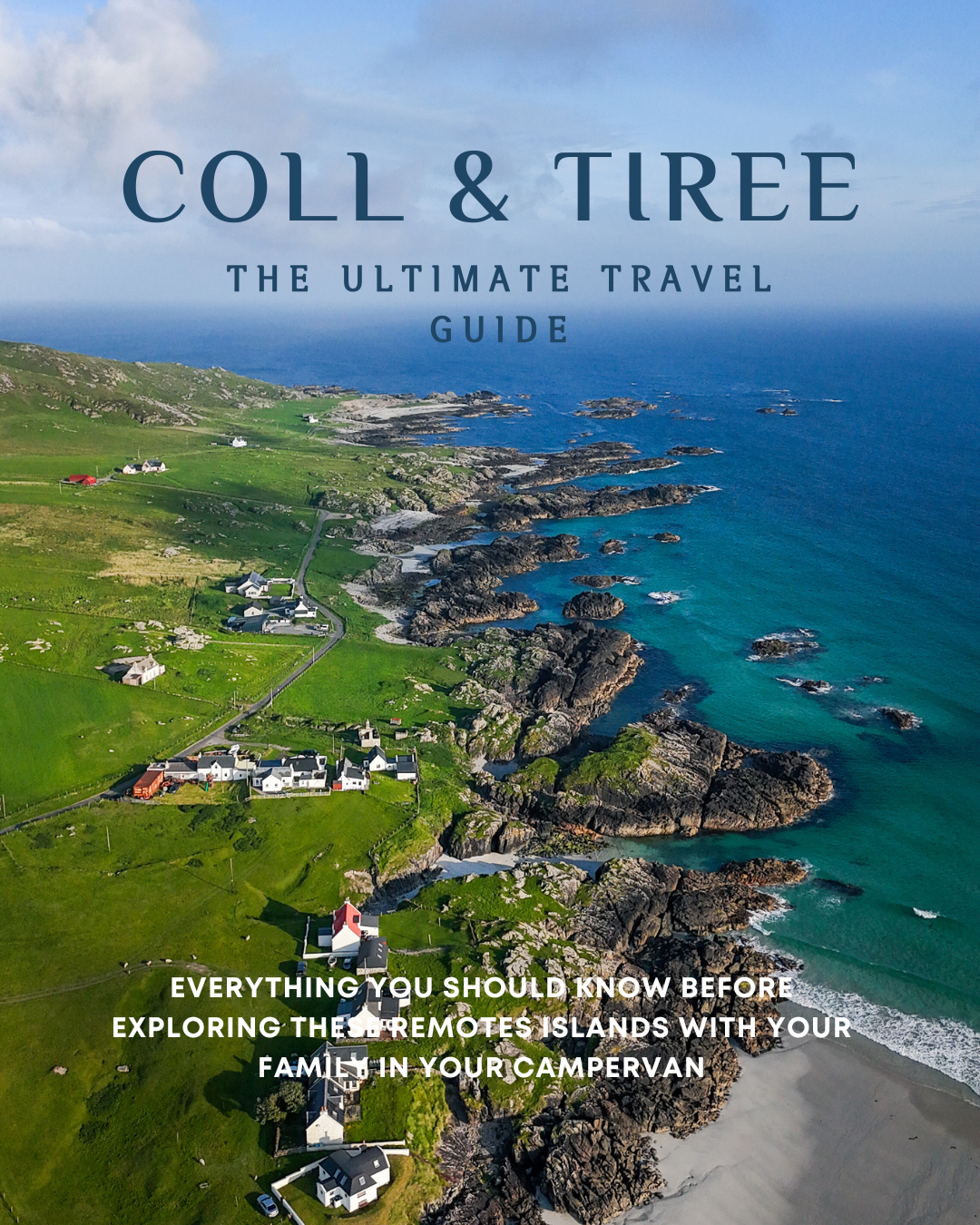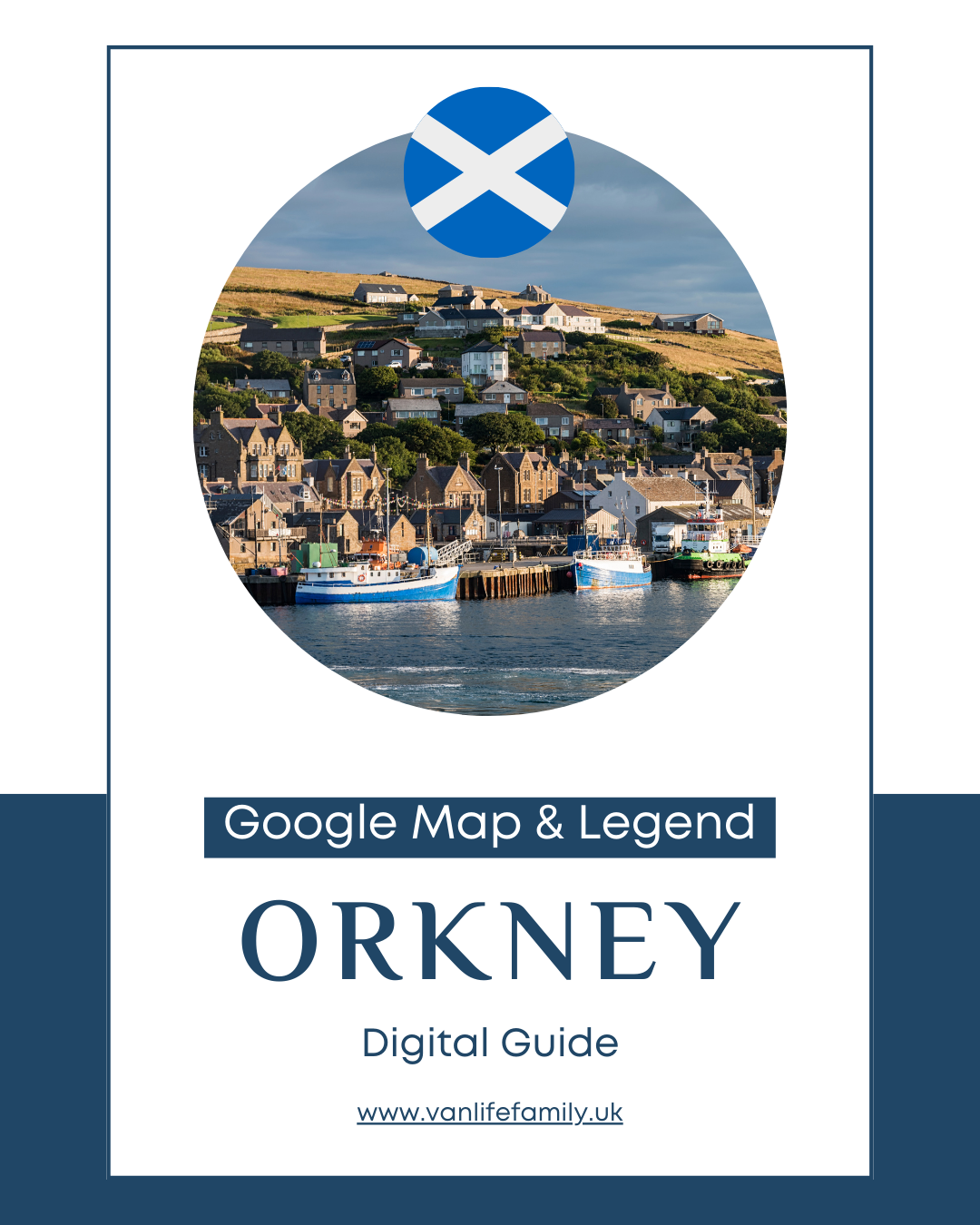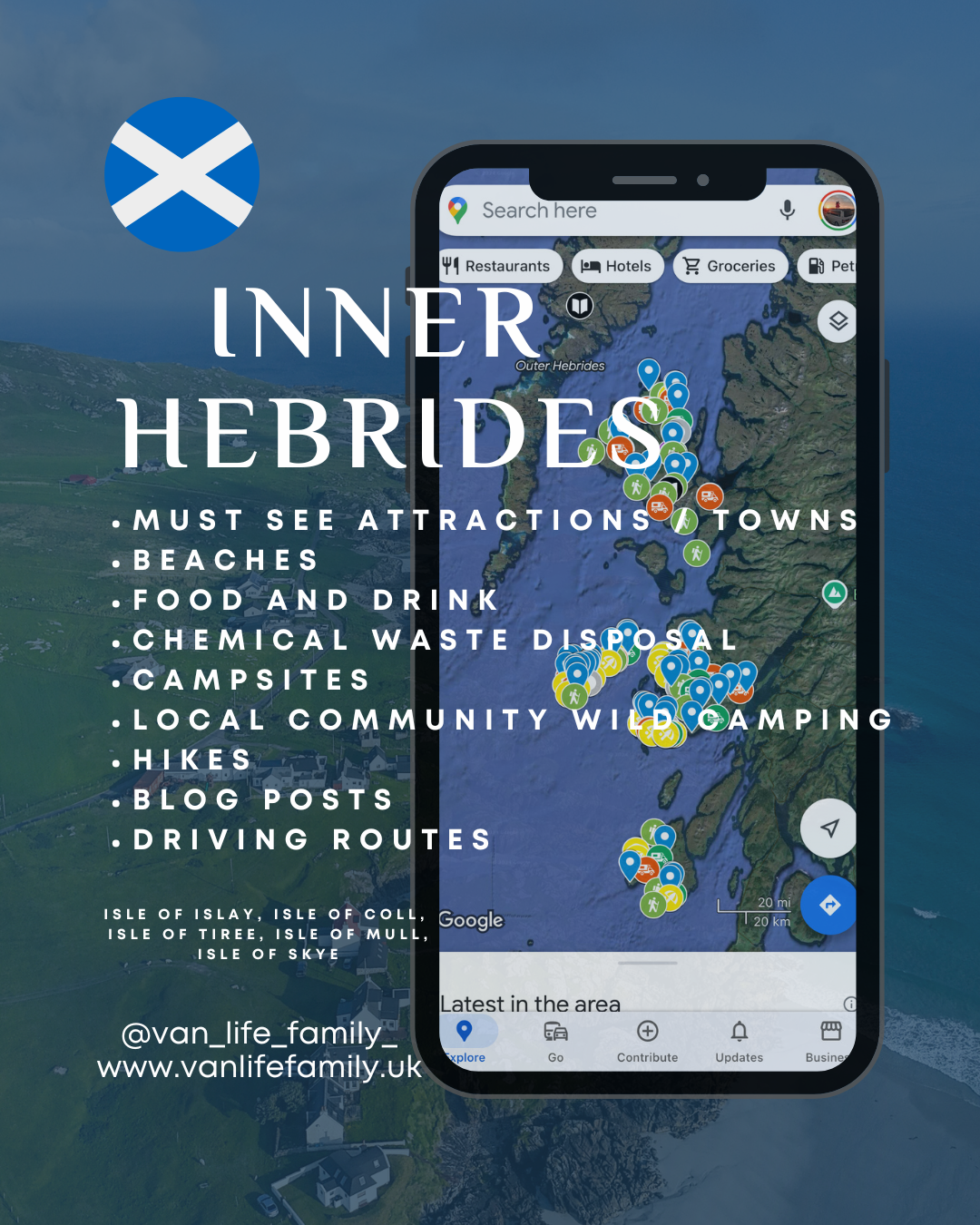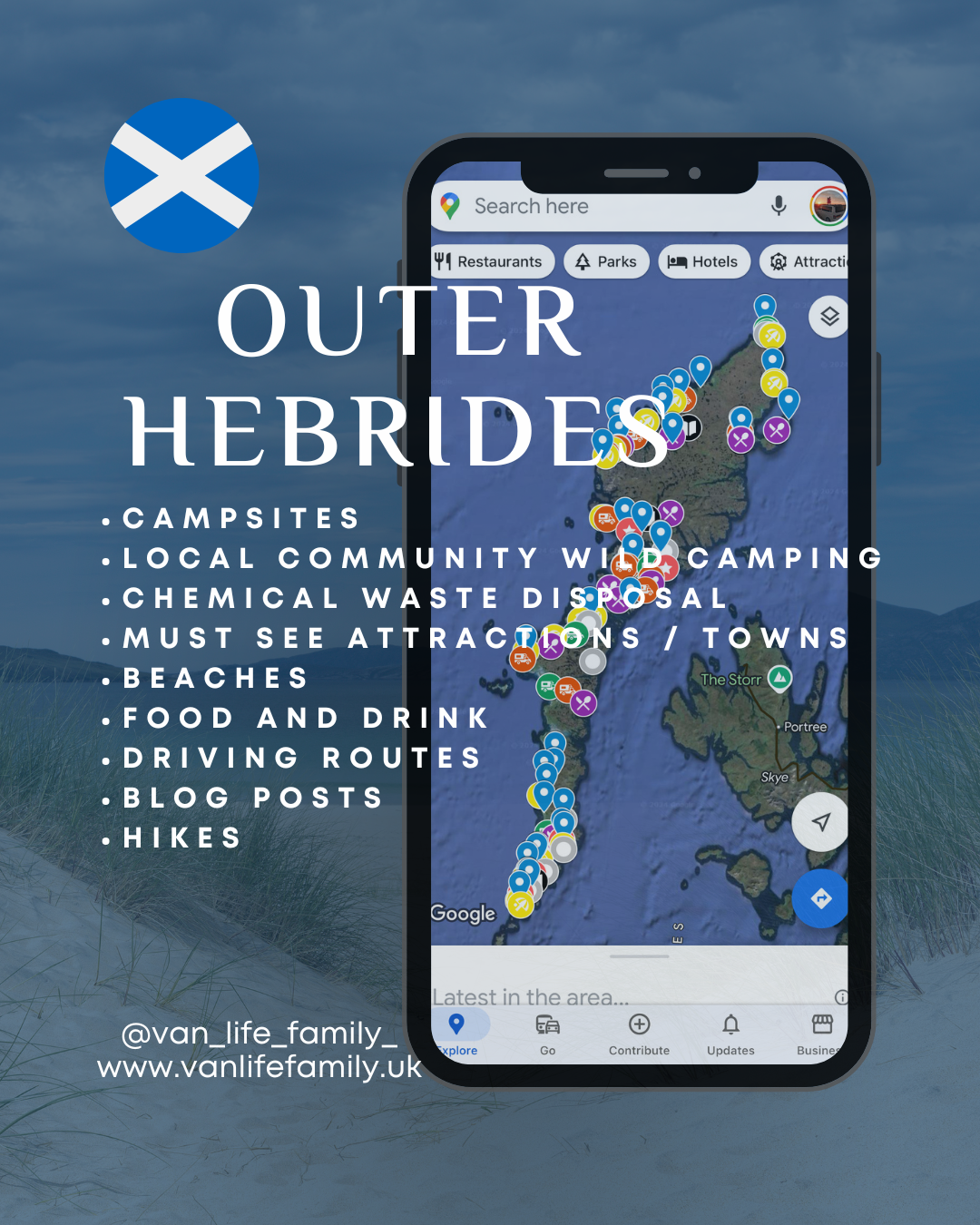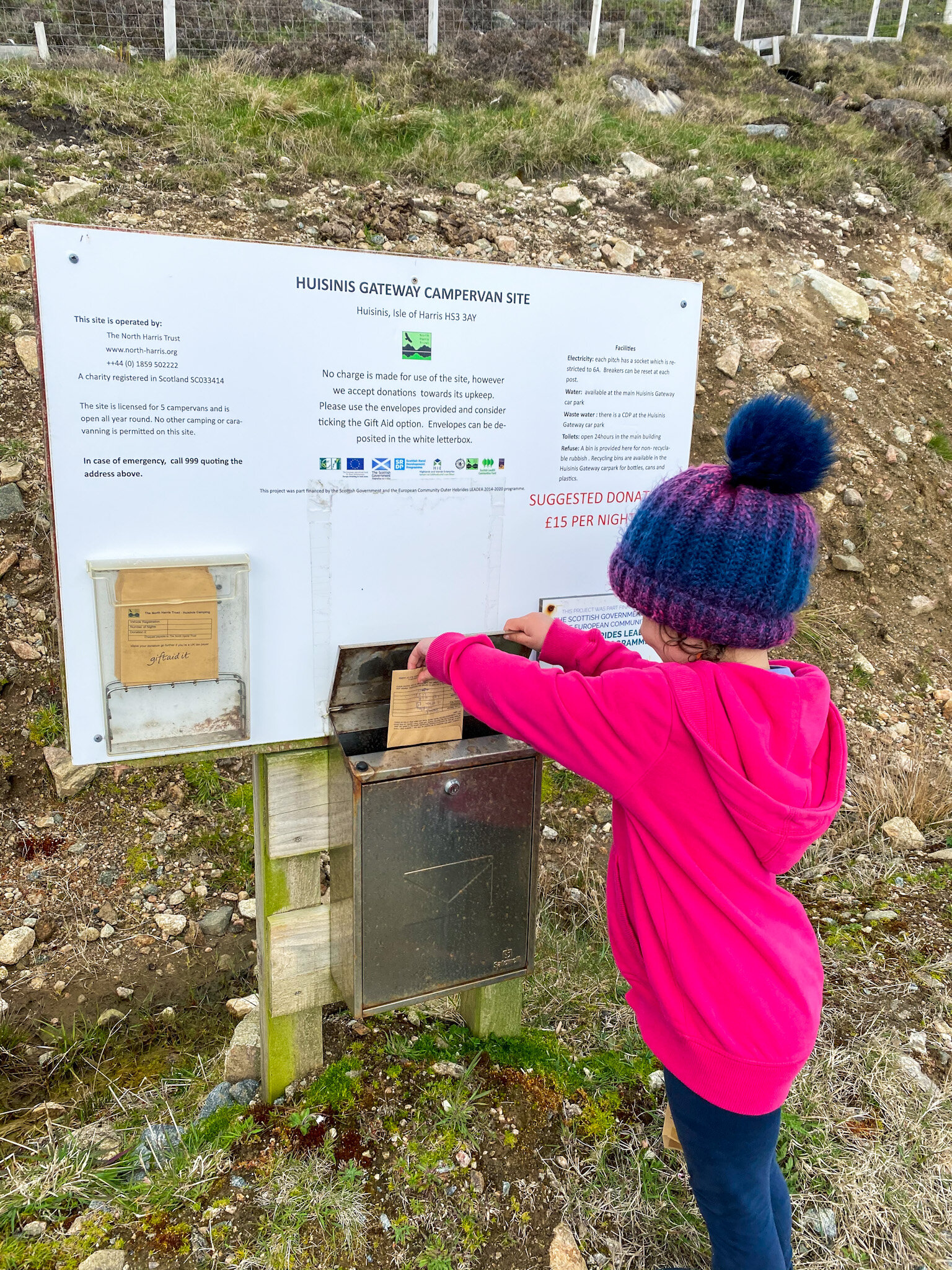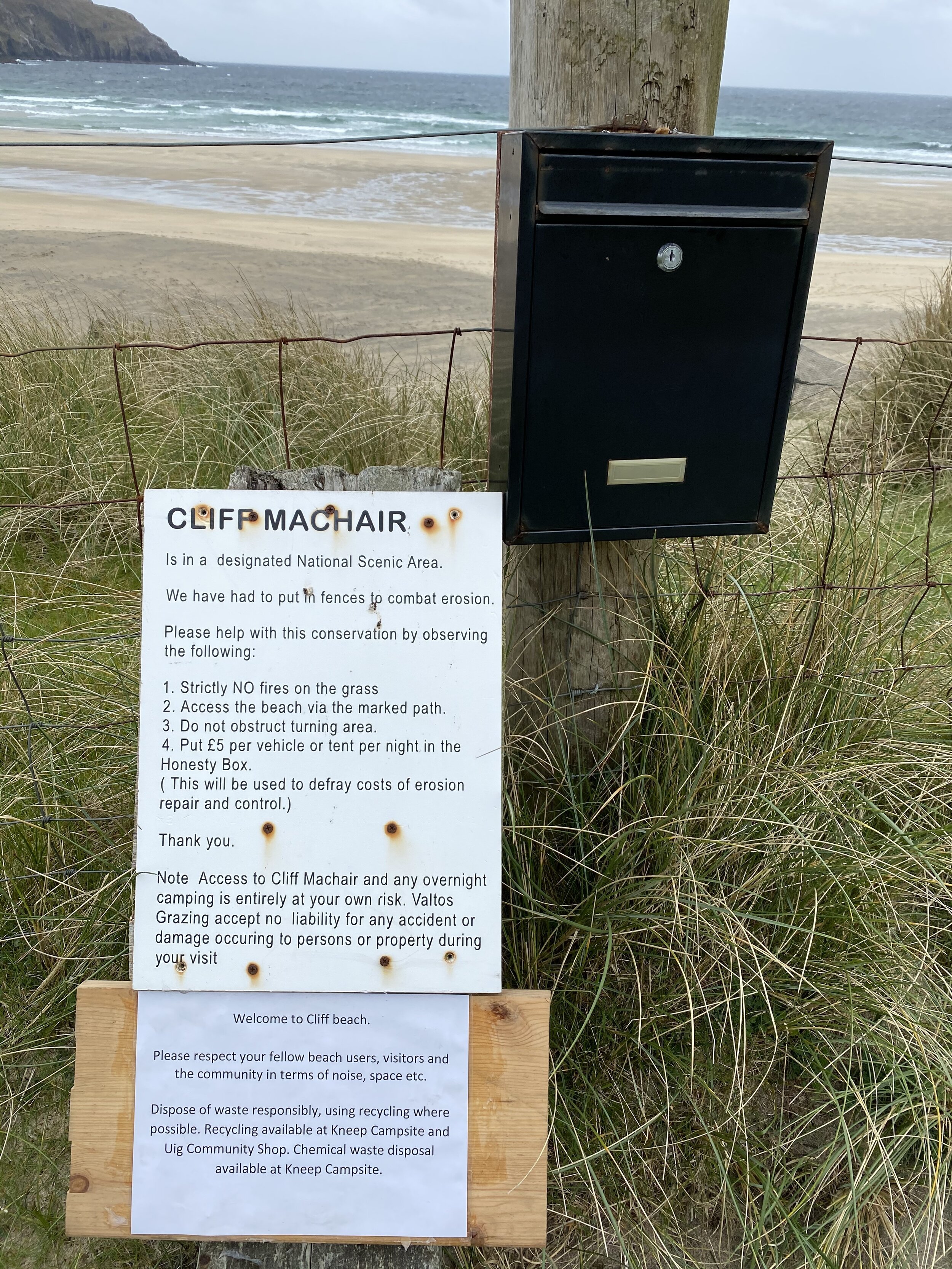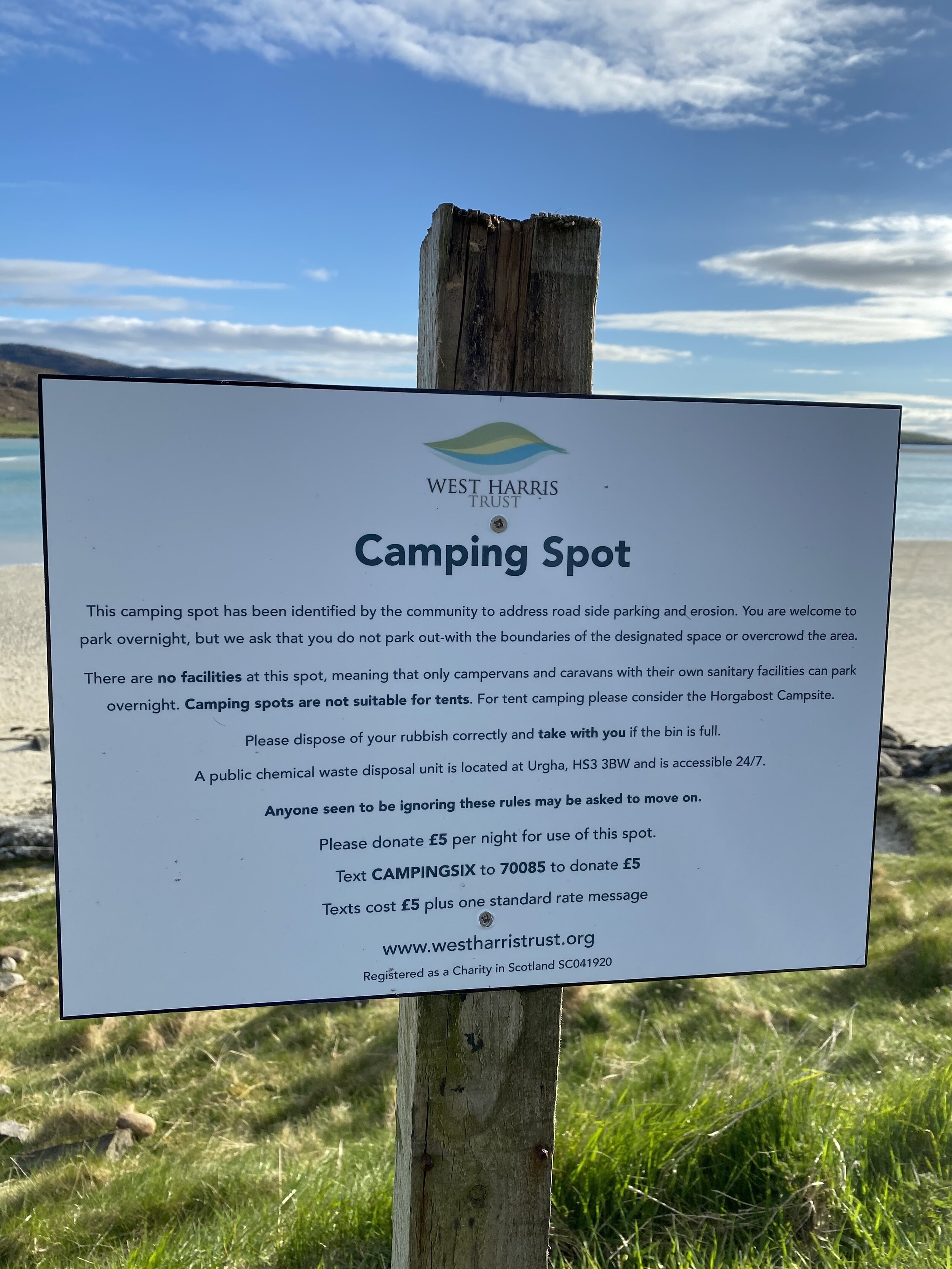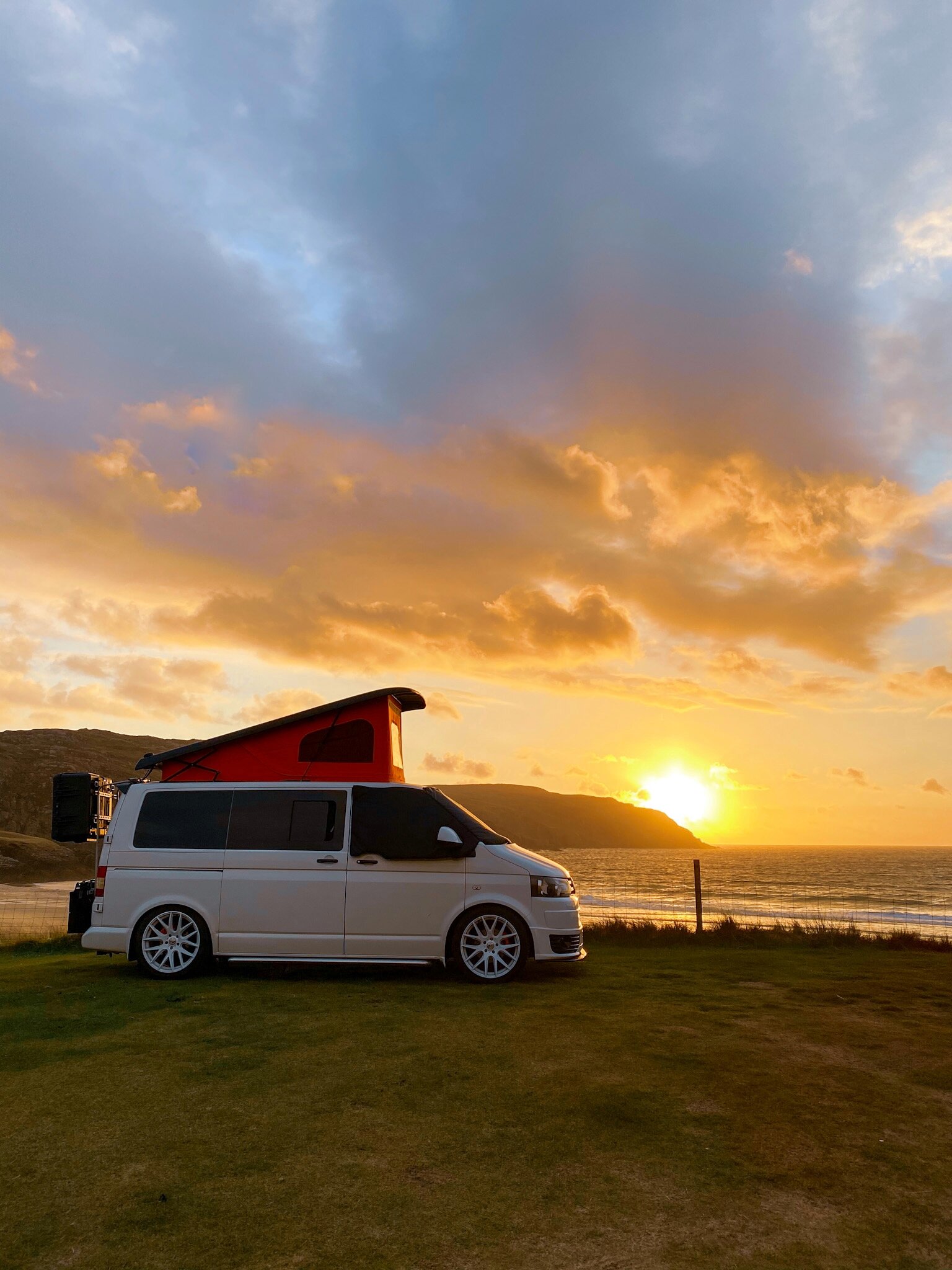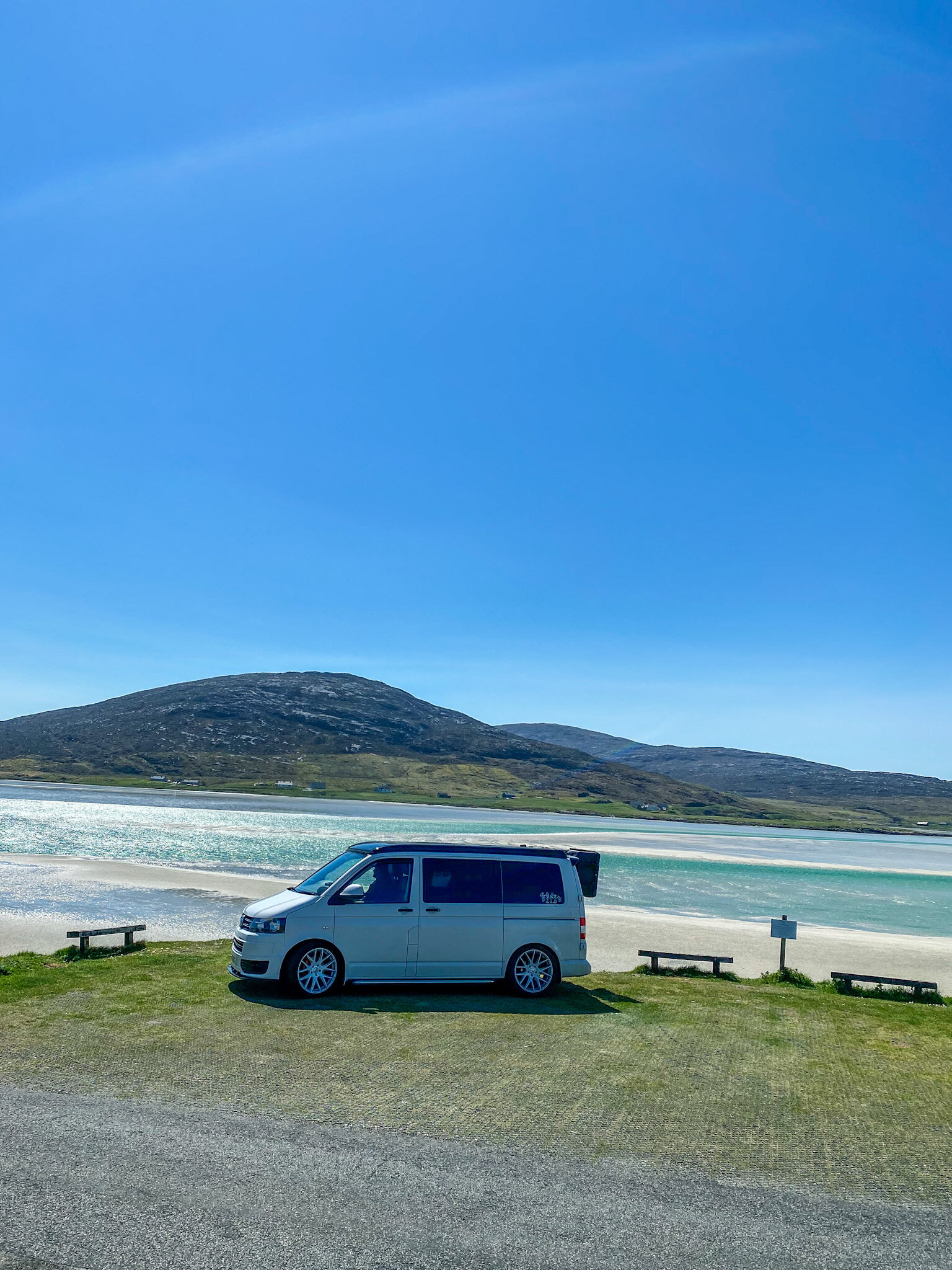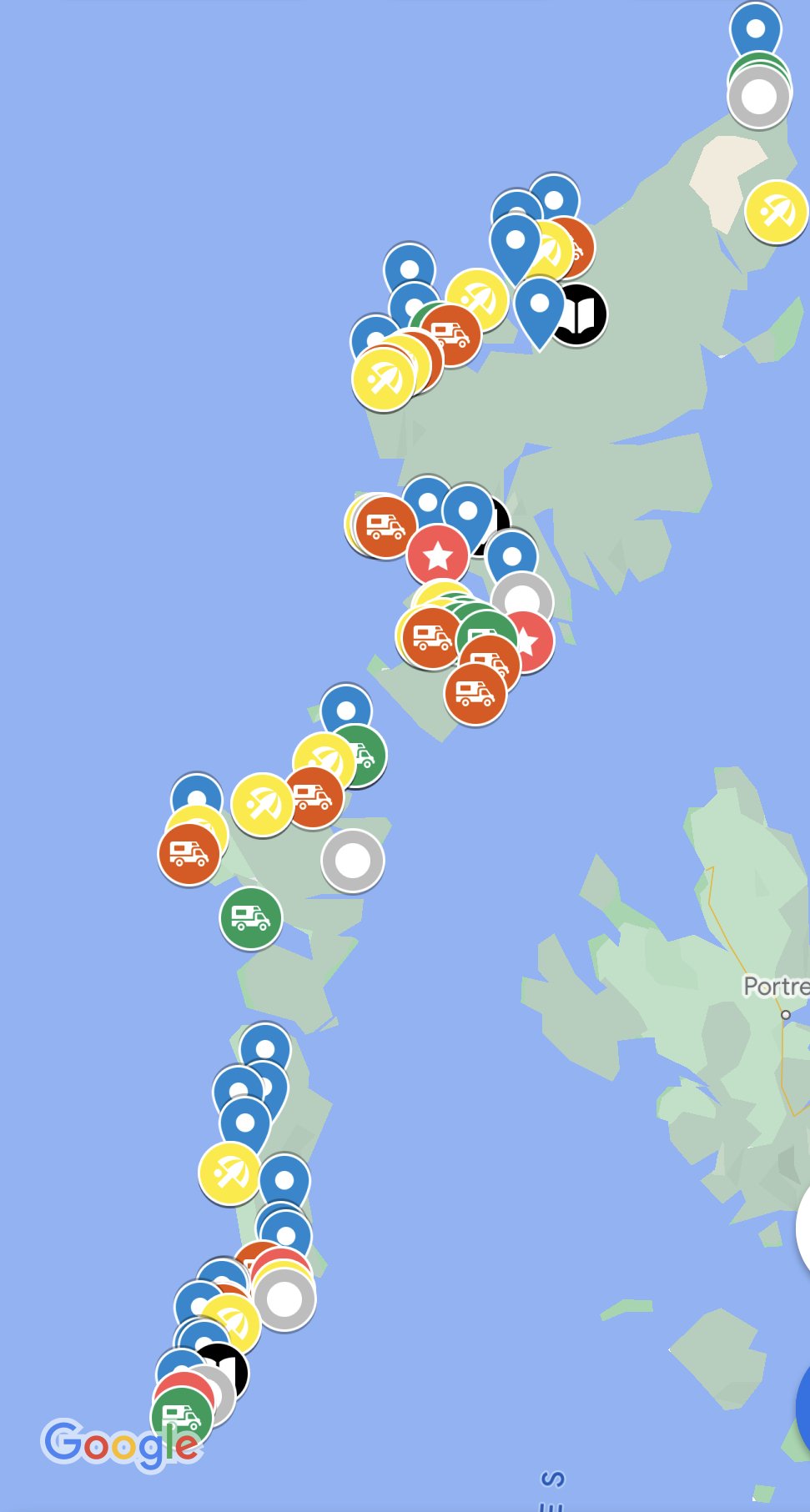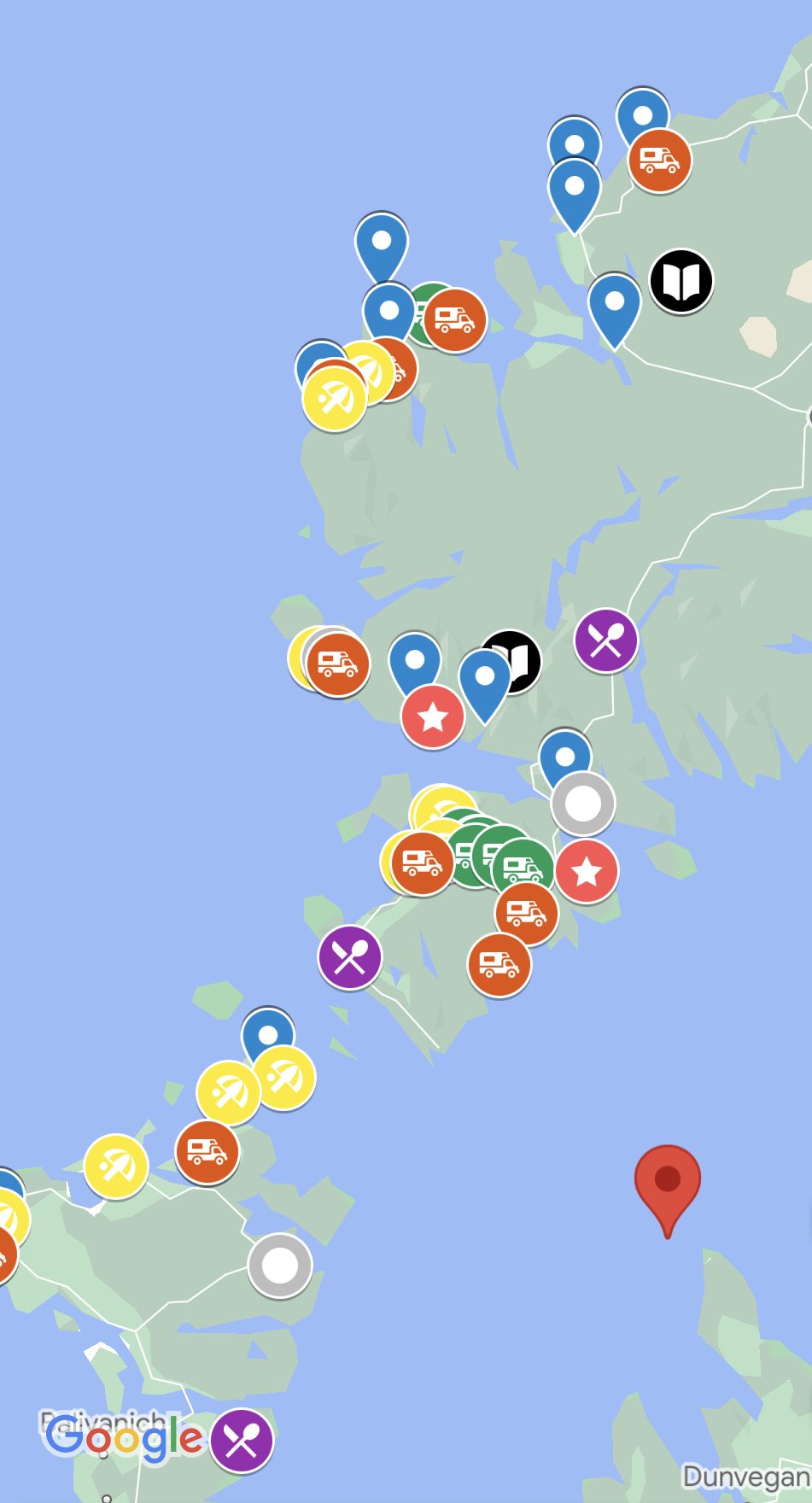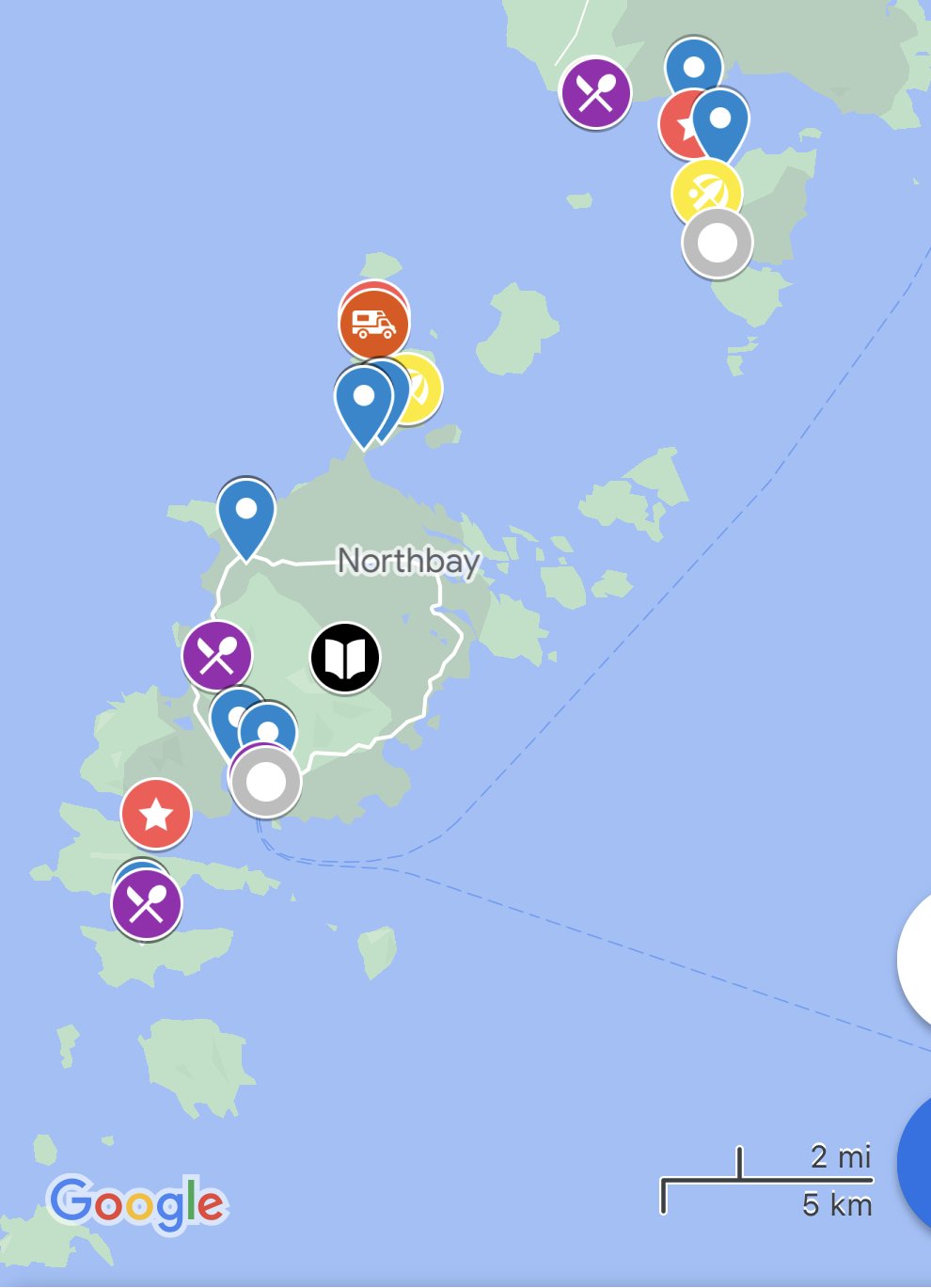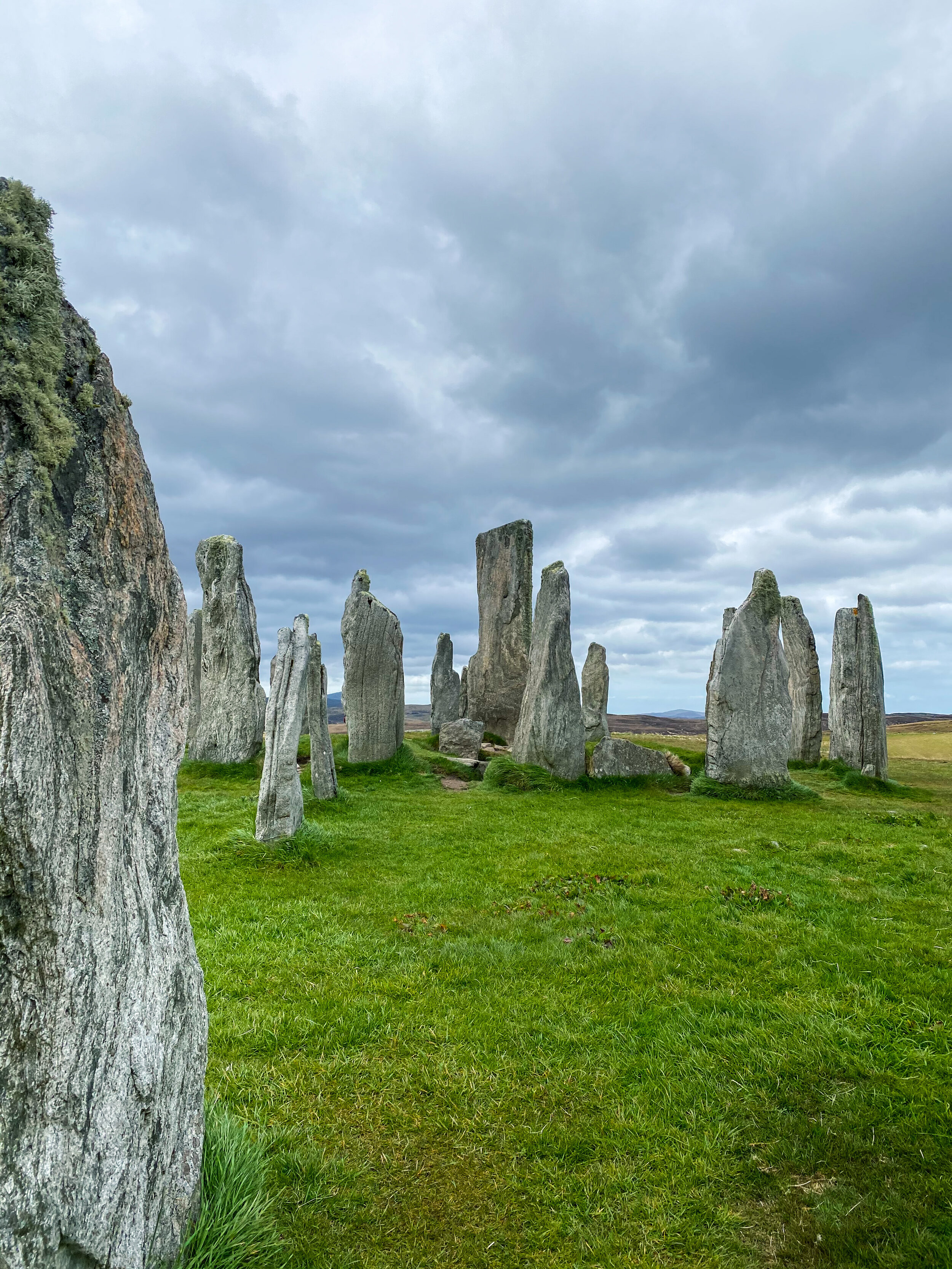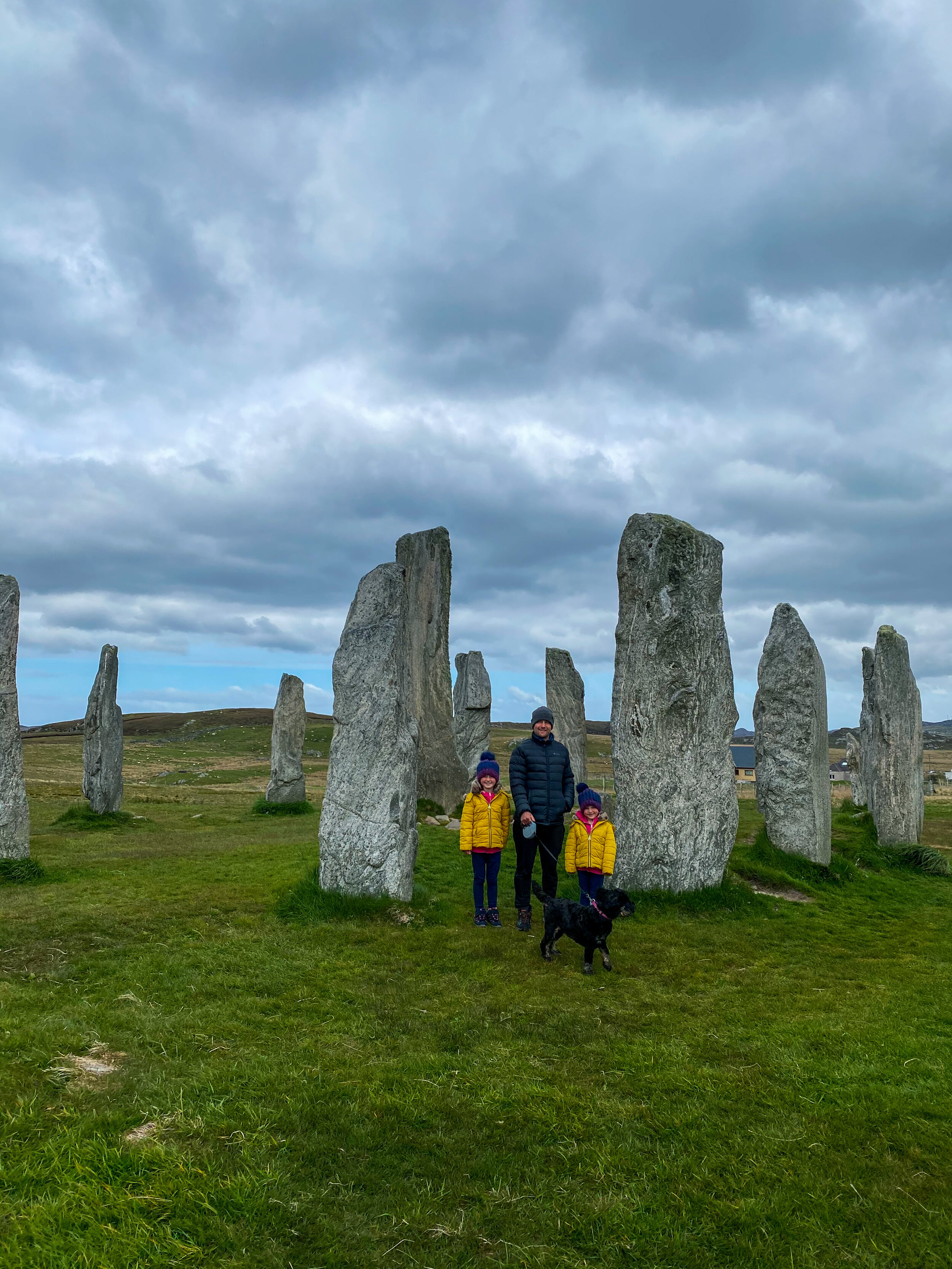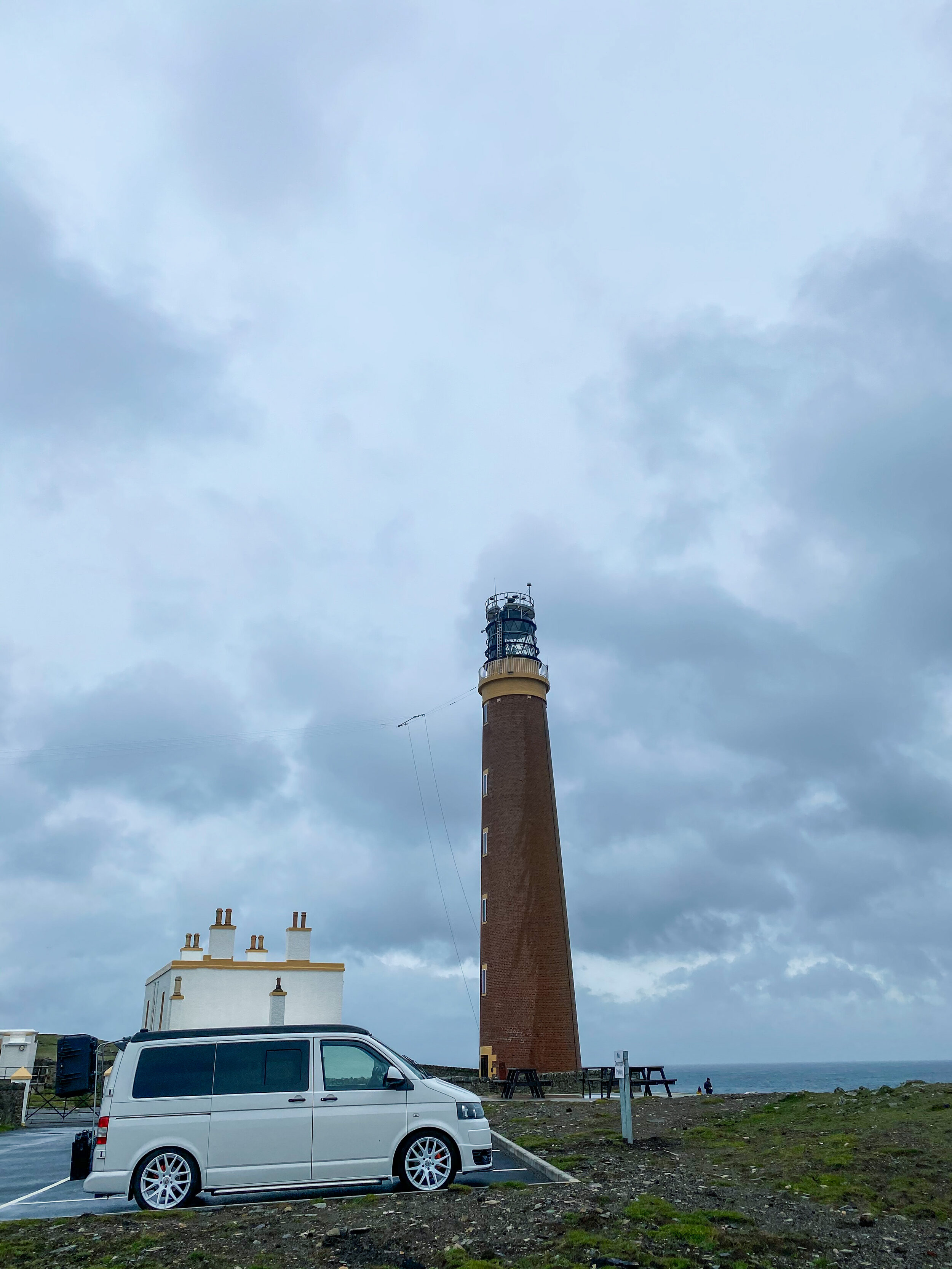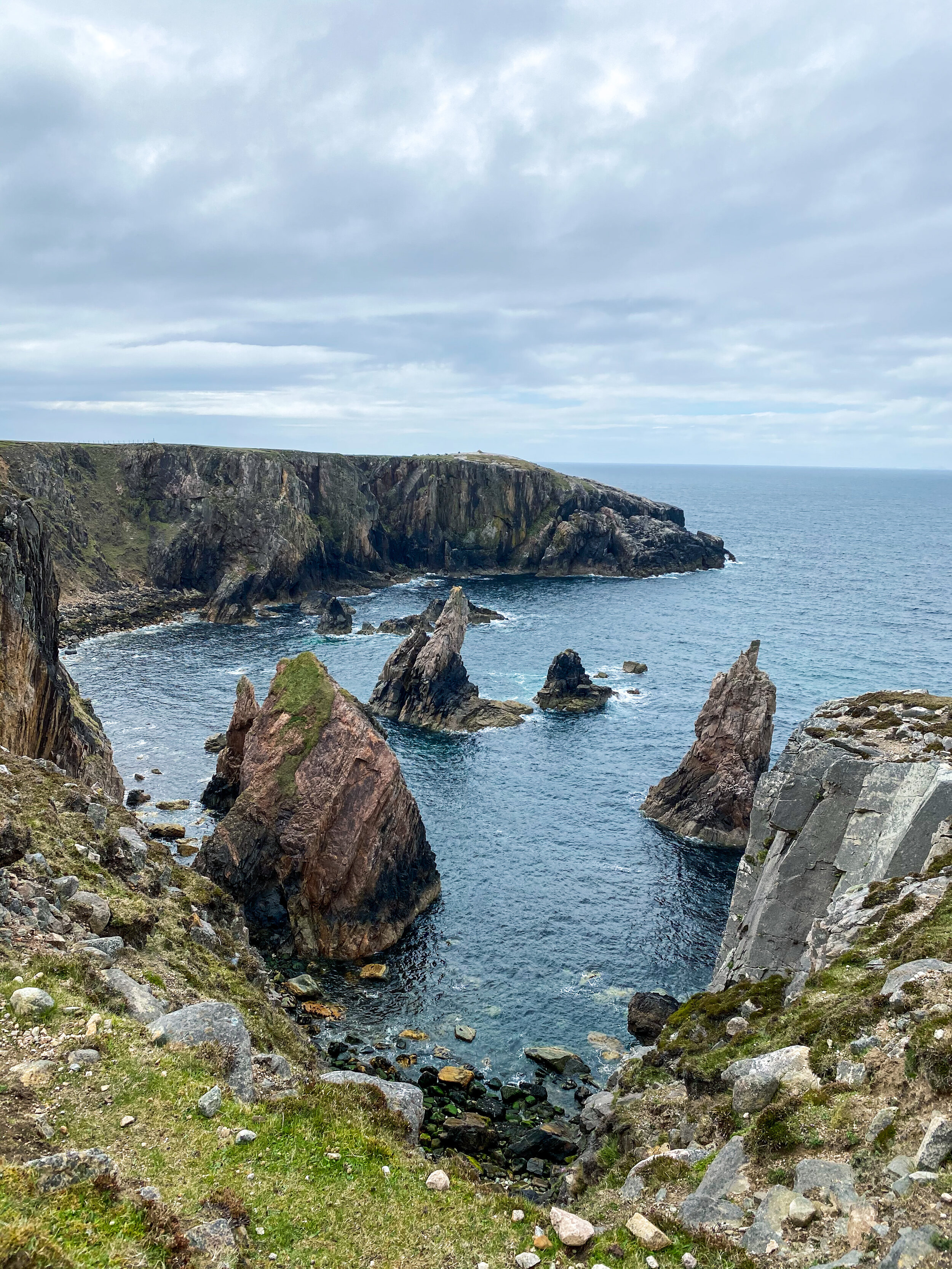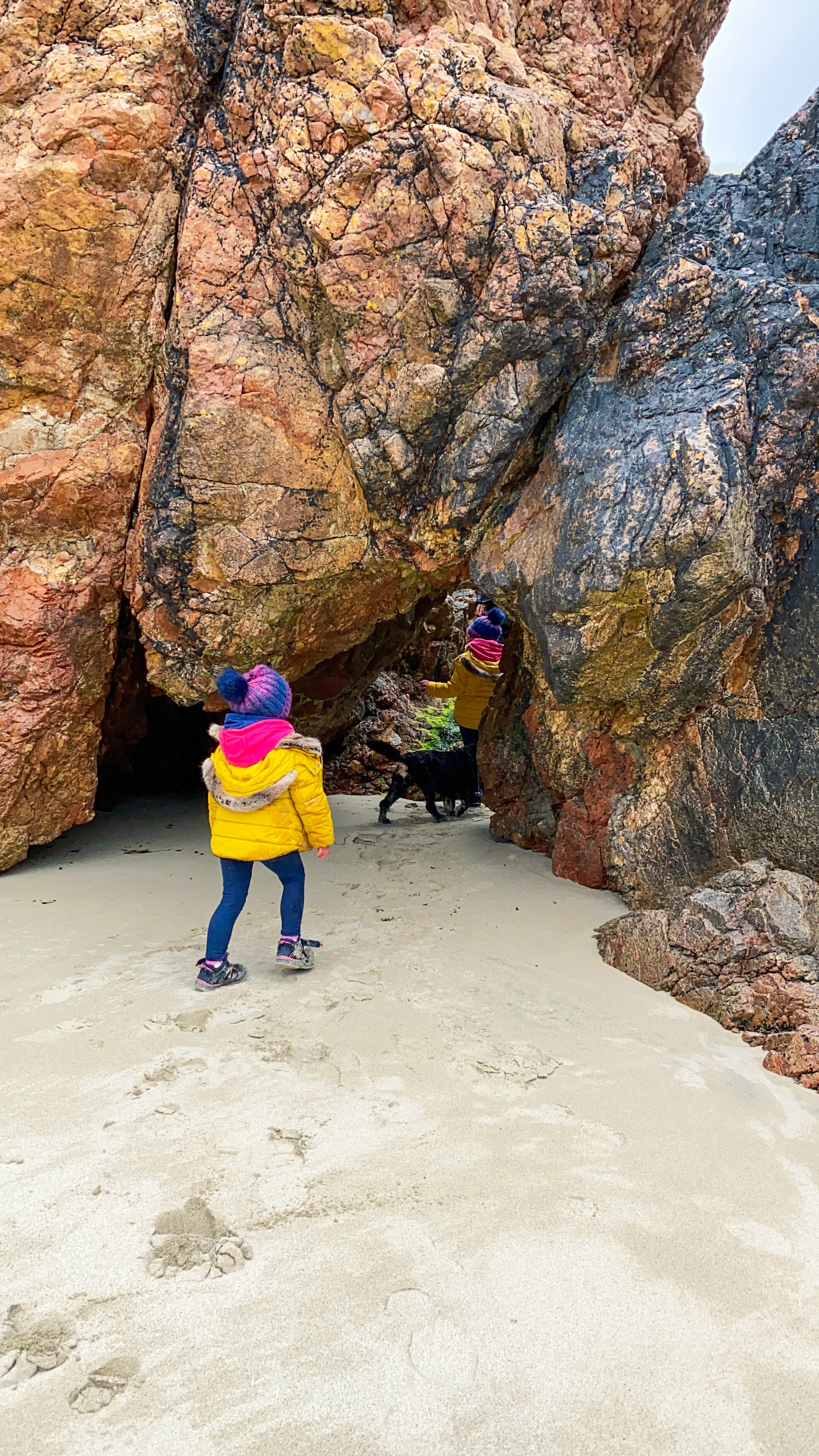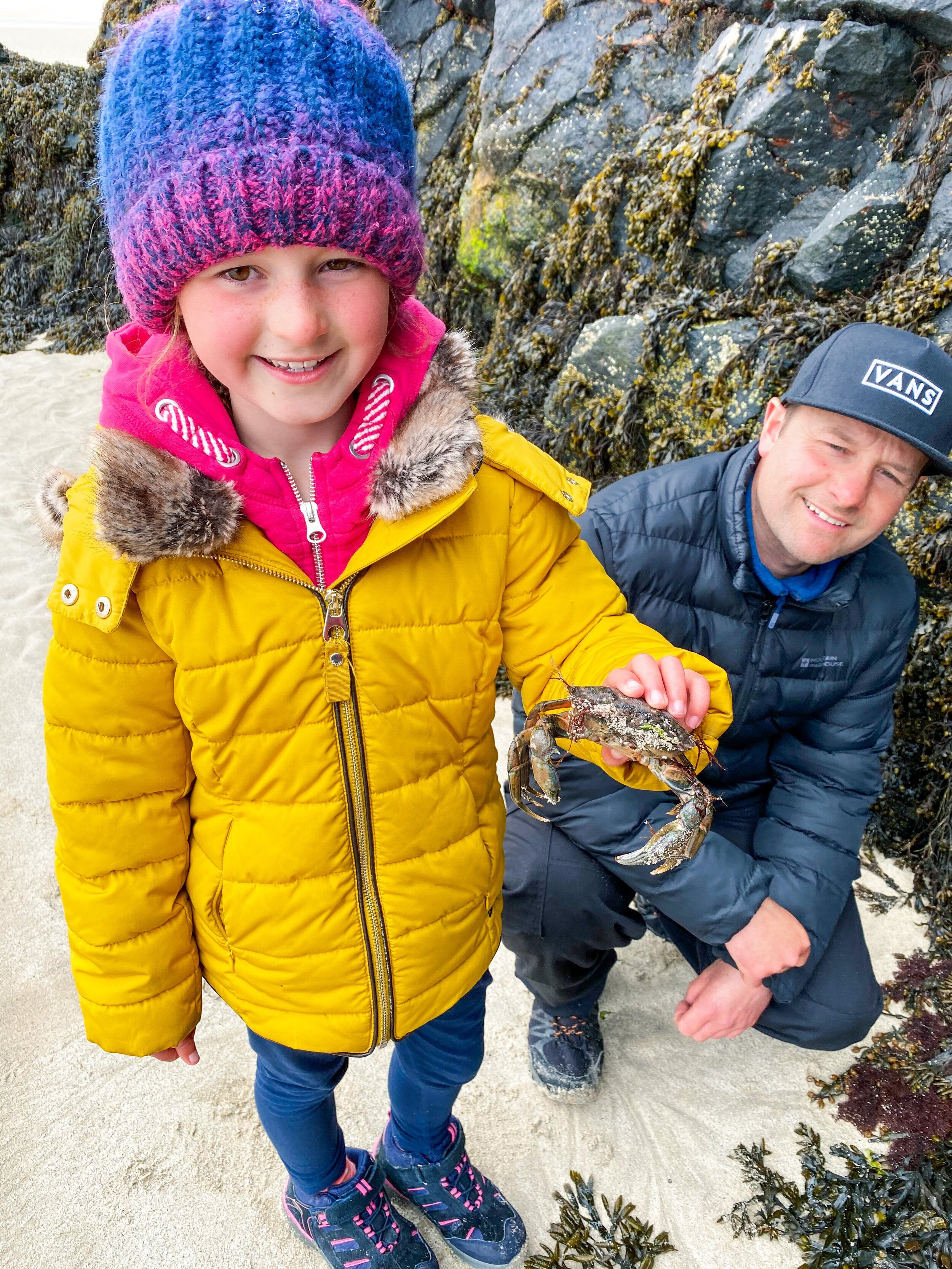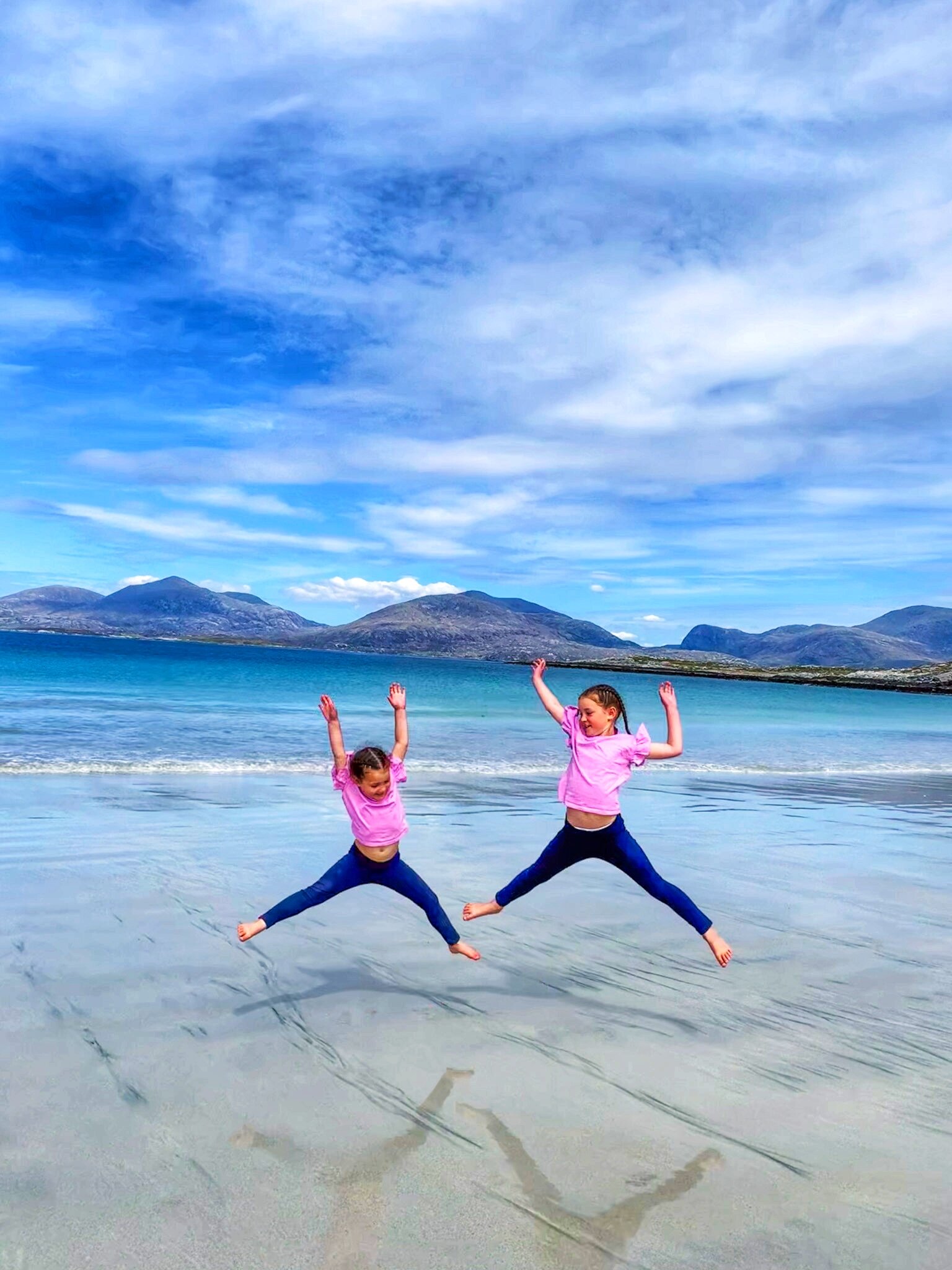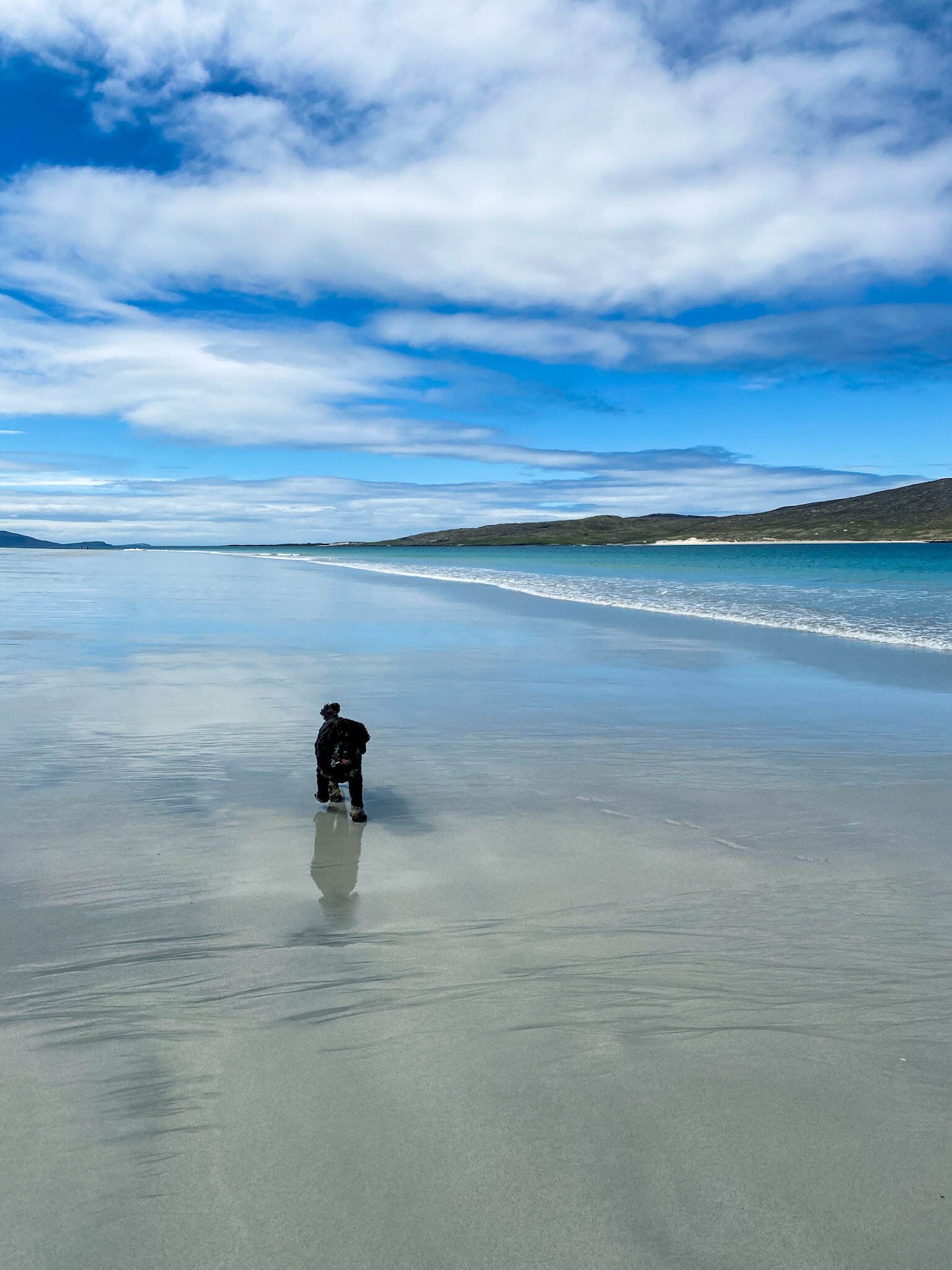Exploring the Isle of Harris and Lewis with a Campervan
If there is one place in the UK that I almost wanted to keep all to myself, it would be the Isle of Lewis and Harris. But, as much as I’d love to guard this secluded and remote paradise, I also can’t help but encourage fellow adventurers to experience its breathtaking landscapes and unspoiled beauty. Whether you are embarking on an epic Scottish road trip in your campervan or motorhome, seeking the best family-friendly campsites, or looking for the ultimate Outer Hebrides camping spots, this guide will help you plan an unforgettable journey.
Before you set off, be sure to check out our other popular guides to road-tripping through Scotland in your campervan:
Exploring Tiree: 10 of the Best Family-Friendly Things to Do
Exploring the the Isle of Barra in your Campervan, or Motorhome
The Isle of Lewis and Harris is a Scottish island in the Outer Hebrides, off the west coast of the Scottish mainland. Although they are often referred to separately, they are actually one island - the largest in Scotland and the third largest in the British Isles. The northern two-thirds of the island is called Lewis, while the southern third is known as Harris. Exploring this stunning destination in a campervan or motorhome offers an unparalleled adventure, with vast open landscapes, rugged coastlines and pristine beaches waiting to be discovered.
How to Get to the Isle of Harris and Lewis in Your Campervan?
There are several ways to reach the Outer Hebrides, but if you are reading this, chances are you’re travelling by campervan or motorhome. The main ferry routes to Lewis and Harris with Caledonian MacBrayne (CalMac) include:
Uig (Isle of Skye) to Tarbert (Harris) – direct route to Harris.
Ullapool to Stornoway (Lewis) – a scenic ferry crossing, allowing you to drive south to Harris.
Island Hopscotch Route – starting (south to north) from Barra, through South Uist and North Uist, before reaching Leverburgh (Harris).
How long do you need to explore Harris and Lewis with your Campervan?
The ideal duration depends on your travel style and availability. We spent six nights and seven days exploring Harris and Lewis and while we could have easily stayed longer, this gave us a great balance of adventure and relaxation. We dedicated three days and two nights to Lewis, but the stunning beaches of Harris drew us in for the remainder of our stay. If you are short on time, it is possible to see the highlights in three days, particularly if you're comfortable covering more ground each day. However, as the largest and most diverse islands in the Outer Hebrides, Harris and Lewis should ideally make up the bulk of your itinerary. If you are visiting as part of a longer Outer Hebrides adventure, I strongly recommend prioritizing your time here before exploring the smaller surrounding islands.
In you are considering combining your adventure with Tiree or Coll, be sure to check out our Ultimate Tiree Family-Friendly Guide to help you plan a memorable and respectful visit to these tiny, picturesque islands. If you are visiting in summer, you can also take advantage of CalMac’s seasonal ferry service, which connects Castlebay (Barra) to the Isle of Tiree.
What do I need to know before camping in the Isle of Lewis and Harris?
Where to Camp in Harris and Lewis with a Campervan?
Camping options range from formal campsites to designated community-run overnight spots. Some fantastic campsites include:
Kneep Campsite (Lewis)
Huisinis Campervan Site (Harris)
Horgabost Campsite (Harris)
Wild camping is welcomed, but it differs from the Scottish mainland. Many community overnight parking spots operate on an honesty system with suggested donations (£5-£15) that go toward local conservation efforts.
For a complete list of the best places to stay overnight, including hidden gems and exclusive wild camping spots, check out our Outer Hebrides Google Map Guide - your ultimate tool for planning the perfect campervan, or motorhome road trip.
Can I Wild Camp on the Isle of Harris and Lewis?
Harris and Lewis welcome responsible campers and campervanners, but wild camping here is different from camping on the Scottish mainland. While there are a few campsites, they are generally low-key with basic facilities in stunning locations. Many villages have designated overnight parking spots, which are typically community-run and operate on an honesty system. Depending on the location and available facilities, a suggested donation of £5, £10, or £15 helps maintain these spaces and supports local conservation efforts.
On our first night in Lewis, we stayed at Cliff Beach, a community-run designated parking spot with no facilities apart from a large bin. We made the suggested donation of £5 per night, with all funds going toward coastal erosion prevention. Click here to see a video of our spot and the stunning sunset over Cliff Beach.
The West Harris Trust operates several different camping sites with facilities, along with six idyllic designated camping spots around the estate designed to protect against roadside erosion. These sites provide campervanners and motorhomes (no tents or caravans) with a safe and sustainable base for adventuring. We stayed two nights in one of the most incredible locations we’ve ever camped, paying the suggested donation of £5 per night via text message. Camping locations can be found here. For additional camping spots in North Harris, click here.
Buy your Google Map guide to the Outer Hebrides here. It includes:
Campsite recommendations, overnight parking/ community wild camping spots, chemical disposal points, must see attractions and towns, beaches, hikes, food and drink recommendations, driving routes and blog post links.
Things to Do on Lewis and Harris
From ancient history to stunning beaches, these islands have it all. Some must-visit locations include:
Lewis:
Callanish Standing Stones – 5,000-year-old mystical stone circles.
Butt of Lewis Lighthouse – One of Scotland’s most dramatic coastal viewpoints.
Stornoway – A vibrant town with fantastic cafes, including The Blue Lobster.
Harris:
Luskentyre Beach – One of the world’s most beautiful beaches.
Harris Gin Distillery – A must-visit for gin lovers.
The Golden Road – A scenic coastal drive through Harris’s eastern shores.
Essential Tips for Campervanning in Harris and Lewis
✅ Support the local economy – use community-run campsites, buy from local shops and contribute to overnight parking donations.
✅ Chemical disposal points – available at ferry terminals and campsites for a small fee (approx£3).
✅ Stock up locally – there is no need to bring all your food; there are plenty of well-stocked shops.
❌ No open fires on the machair – fires are not permitted on the fragile coastal grasslands.
✅ Always leave no trace – dispose of waste responsibly, recycle and respect the environment.
When planning your visit, keep in mind that the island will likely be busier during the summer holidays, as is the case with many popular destinations. While it’s typically 'midgie' season on the west coast of Scotland in the summer, the island will still offer its stunning beauty. However, the increased number of visitors might impact the experience slightly. If you’re worried about midges and want tips on handling them, be sure to check out our Guide to Midges in Scotland: 5 Essential Tips for Campervan and Motorhome Travellers.
In conclusion, the stunning islands of Harris and Lewis offer the perfect retreat for campers seeking peace and seclusion. The tranquility and natural beauty of the islands are truly captivating, and they have undoubtedly earned a special place in my heart. After a day of exploring, you can relax in the comfort of your campervan and look forward to another day of adventure. With breathtaking landscapes, untamed nature, rich history and vibrant local culture, a camping trip on the Isle of Harris or Lewis is one you'll never forget! If you thinking about combining your visit with other remarkable Scottish destinations? Look no further! Our Ultimate Travel Guides will take you through the best of Scotland, making trip planning a breeze. With family-friendly itineraries, campsite recommendations, top locations and beaches, plus tips on the best times to visit, you'll create unforgettable memories without the hassle.

